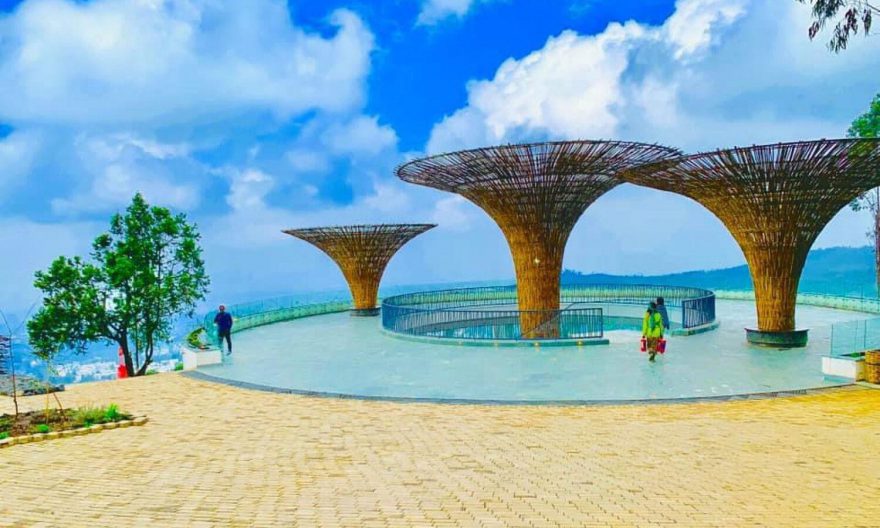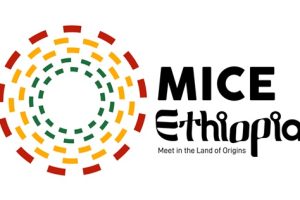
People migrate from rural to urban areas in search of better living conditions. This is an unavoidable human tendency. But it is also a must to put in place a mechanism where the growing urban population would be met by suitable conditions for life. Otherwise, the uncontrolled rural-urban migration is likely to cause complex problems like the spread of unemployment, crime or violence as well as communicable diseases among others.
The motto is part of the global effort to commemorate the month. According to UN habitat, today 55 per cent of the world’s population lives in cities and towns and the number is growing every day. It also states that urbanization presents some of the most significant opportunities and challenges in the world today.
Cities are centres for economic growth and development but also face demographic, environmental, economic and social problems.
The United Nation’s Agenda for Sustainable Development, and Sustainable Development Goal 11 “to make cities inclusive, safe, resilient and sustainable” puts sustainable urbanization as one of the key priorities of the global agendas for development. It has been called the ‘docking station’ for all the other SDGs. The adoption of the new Urban Agenda by the United Nations in 2016 has seen national and local governments around the world embark on a transformative path towards making SDG11 a reality.
By engaging all stakeholders, cities can harness transformational change and improve the lives of their inhabitants. However, in many contexts cities cannot enact this change. Ensuring cities have the capacity, capability and tools to address the challenges posed by urbanization has become a pressing global issue.
As a result of the significance of better cities for the life of humans, the UN has declared the month of October for cities. Urban October was developed to raise awareness, promote participation, generate knowledge and engage the international community towards a New Urban Agenda, in 31 days of promoting a Better Urban Future.
The general theme of this year’s World Cities Day is Better City, Better Life, while each year a different sub-theme and a location for its global observance is selected, to either promote successes of urbanization or address specific challenges resulting from urbanization.
UN Secretary-General Antonio Guterres said in a message that cities worldwide are increasingly suffering the effects of climate-related disasters, such as floods, droughts, sea-level rise, heatwaves, landslides and storms. He added at least 130 port cities with over one million inhabitants are expected to be affected by coastal flooding and the one billion people in urban informal settlements are, particularly at risk.
Creating more sustainable, climate-resilient societies involves addressing a range of issues including poverty reduction, ensuring basic services livelihoods, the provision of accessible, affordable and adequate housing, investing in infrastructure, upgrading informal settlements and managing ecosystems. Successful, well-governed cities greatly reduce climate-related risks for their populations.
The majority of Ethiopia’s population is agrarian. Yet Ethiopia is among the countries with a rapid rate of urbanization. As a result, many of its cities are observed hosting a large influx of rural-urban migration, especially of youth.
Hence Ethiopia is preparing to observe the month of urban October with a related motto, better cities for a better life. According to the Ministry of Urban Development and Construction, the month would be celebrated with various events that magnify the focus on making cities more livable, sustainable.
Under the general motto and as per the guidelines of UN habitat, due attention would be given to the impacts of climate change on urbanization and urban life.
The urban climate itself is suggested to increase the heat stress experienced by people during periods of high temperature, particularly during the night, when the UHI is largest. Studies suggest that there is an adaptation factor about heat and that early-season heat waves or heat waves in regions where hot weather is infrequent have more negative consequences.
With a changing climate, the frequency of flood peaks is predicted to increase. Estimations point towards an average doubling of severe flood peaks with a return period of 100 years within Europe by 2045. In addition, this is matched by a rise in sea level that, together with a predicted increase in windstorm frequency, will lead to an increase in coastal flooding. As most of the urban areas within Europe are situated either on floodplains or along the coast, these two types of flooding will have a major impact across European cities. Climate-driven increasing sea levels in certain areas of Europe will also translate into more frequent basement flooding.
Adaptation to actual or expected climate change effects involves a range of measures or actions that can be taken to reduce the vulnerability of society and to improve the resilience capacity against an expected changing climate.
Vegetation can indeed play an important role in moving the urban climate closer to a pre-development state. Urban green infrastructure (UGI) and nature-based solutions (NBS) are fundamental concepts in this work with an emphasis on the role that nature can play in providing multiple services to the urban population.
The government of Ethiopia is also working with due attention to both making cities more suitable for residents as well as promoting green development which also takes into consideration greening in urban areas. Accordingly the government has been undertaking the plantation of billions of seedlings in various sites that are favorable to protecting nature and prevent the impacts of climate change in urban areas.
In addition to the green legacy campaign the government is also undertaking urban park development, riverside cleaning and development works that improve the sanitation and suitability of urban areas for their residents. Such projects have been effectively progressing in Addis Ababa and few regional cities and rural areas.
BY STAFF REPORTER
THE ETHIOPIAN HERALD OCTOBER 12/2021





